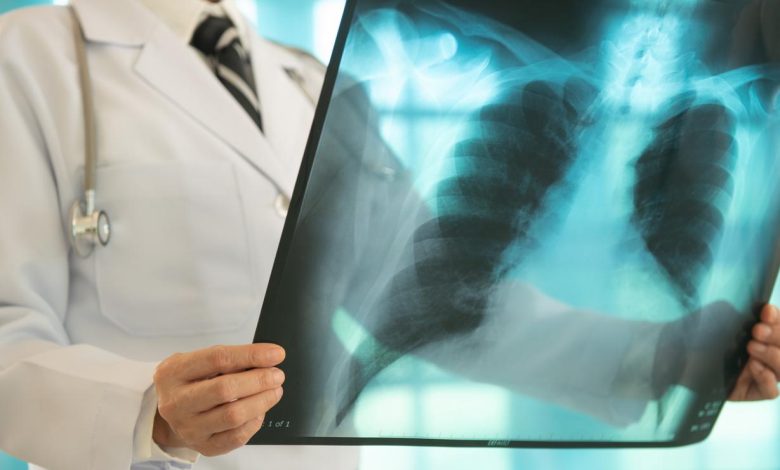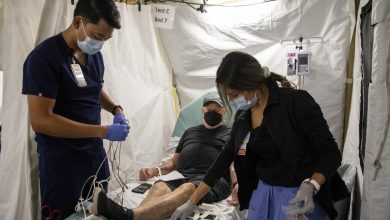Cancer diagnosis delayed until the second year of the pandemic

Because individuals neglected yearly examinations and medical facilities shuttered during the early stages of the pandemic, the number of cancer diagnoses in the US fell by nearly 10% in 2020 compared to predictions.
According to recent research from the University of Kansas, diagnoses may continue to be delayed until 2021, as reported late last week in JAMA Network Open. Additionally, the nation experienced about 150,000 cases of cancer that may have gone undetected in the first two years of the pandemic.
According to a University of Kentucky press release, Todd Burus, MAS, the first study author, “unfortunately, this research shows that rates of cancer incidence in the U.S. have not rebounded as well as we would have hoped after the second year of the pandemic.” “While we still don’t know what impact this will have on long-term outcomes, prolonged disruptions in diagnoses of certain cancers are certainly concerning and something that needs to be addressed.”
Burus and senior author Krystle Lang Kuhs, PhD, MPH, from the University of Kentucky’s Markey Cancer Prevention and Control Research Program, released findings earlier this year that indicated an estimated 134,000 cancer diagnoses were missed in the first ten months of the COVID-19 pandemic.
Building on earlier findings, the current study tracks the cancer rates of invasive cancer diagnosed between January 1, 2020, and December 31, 2021 using data from the National Cancer Institute’s Surveillance, Epidemiology, and End Results 22 (SEER-22). 47.9% of Americans are covered by the SEER-22 database.
In total, 1,578,697 cancer cases were reported by SEER-22 registries in 2020 and 2021. According to the authors, cancer incidence rates were 2.7% lower in 2021 (95% PI, 1.4% to 3.9%), 9.4% lower in 2020 (95% prediction interval [PI], 8.5% to 10.5%), and 6.0% lower in total for the two years (95% PI, 5.1% to 7.1%).
Five cancers remained underdiagnosed
Eleven cancer forms were listed in the database registry; five of these, lymphoma, lung, cervical, kidney, and bladder cancer, demonstrated notable delays in diagnosis through 2021.
Cervical cancer diagnoses were 4.5% lower and lung cancer diagnoses 9.1% lower than anticipated. In particular, early-stage diagnostics for cervical and lung malignancies were behind schedule.
Only female breast cancer, which is frequently found through annual screenings, demonstrated a notable improvement in 2021, outpacing predicted rates by 2.5% (95% PI, 0.1% to 4.8%).
The rates of cancer diagnoses among women, individuals 65 years of age and above, and non-Hispanic Asians and Pacific Islanders had recovered to prepandemic levels by the end of 2021.
“Despite experiencing less disruption than in 2020, we estimate that overall diagnoses of new cancer cases still fell short of expected levels during the second year of the pandemic,” the authors stated. “The persistent declines in the rates of early-stage lung and cervical cancer are especially troubling, as is the non-significant indication of higher rates of late-stage diagnoses among three of the four malignancies found by screening.
“Overall, our findings suggest that pandemic-related disruptions to cancer diagnoses in the US lasted well beyond the first few months of 2020.”




